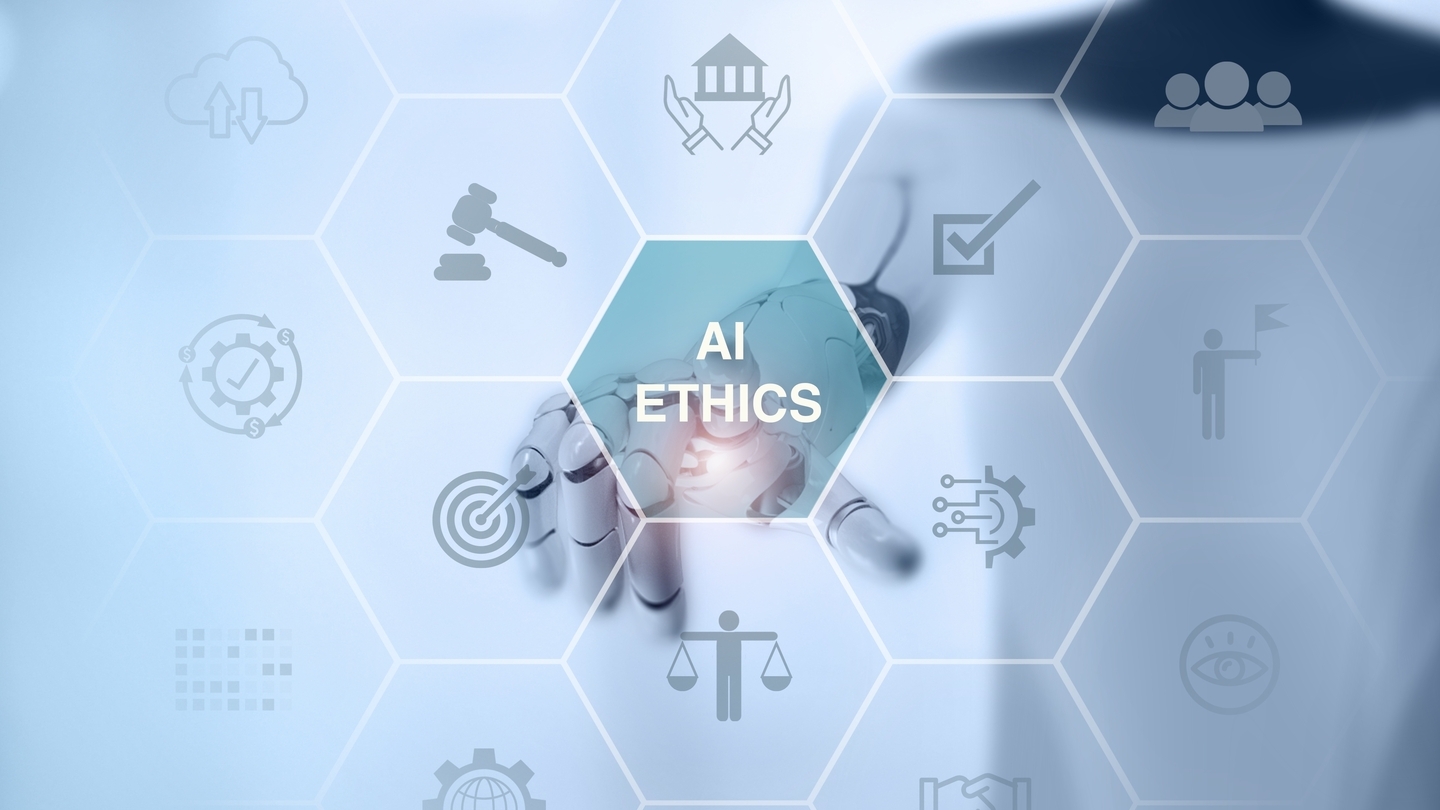Many of the latest AI-enhanced broadcast solutions focus on delivering efficiencies to different facets of sports and news production, writes David Davies.
The long-term implications of artificial intelligence are complex and potentially very significant, so it’s hardly surprising that questions of an ethical and existential nature have dominated recent industry discourse. But as critical as those topics undoubtedly are, it’s also important to remember that this phenomenal technological movement is also yielding a remarkable amount of innovation, including in broadcast production, distribution and delivery.
‘Deep and advanced’ conversations
As might be expected of such an established mainstay of live production solutions, AI is not a new topic for Chyron. From an early stage the company has been working on sports-related AI applications such as player-tracking and camera calibration, the latter involving the “tracking of the movement of the camera relative to the pitch without the actual tracking information coming from the camera itself,” explains Mathieu Yerle, Senior VP of Strategy, Product and Marketing at Chyron. “More recently, we have been looking at a different application of AI, still within sports, but based around training models to detect typical specific plays in different sports. There are various ways that can be used to accelerate user workflows, for example in producing automated or semi-automated instant replays where previously you would have a replay operator sitting and finding the best in-point, the best out-point, the best angle, and so on.” ...
You are not signed in.
Only registered users can view this article.

Finding our ethical true north on AI: Part II
Part two of our insight into AI ethics and regulation continues with observations on industry efforts around standards and best practices, and why human impact should be the guiding force. James McKeown reports.
/Source - shutterstock_2464837145 (1).jpg)
Digital Catapult: AI innovations to supercharge the creative industries
Accelerated VFX workflows, video game characters you can converse with, and auto-generated visual experiences from sound for XR headsets are just some of the AI innovations devised by start-ups as part of a recent Digital Catapult programme. Adrian Pennington reports.
.jpg)
Neural Radiance Fields – A new approach to 3D modelling
From the chemical, mechanical and electrical process of creating a film, to the rise of virtual production, visual storytelling has always turned to cutting-edge technologies. Now Neural Radiance Fields (NeRF) could replace the traditional technological foundations that broadcasting and film are built upon. IBC365 speaks to leading researcher, Professor Ravi Ramamoorthi.
.jpg)
Future predictions – Part II: Leaders and analysts
The coming year hints at big changes in focus and innovations for the media and entertainment world. With giant leaps in AI advancements, streamlining production and the road ahead for ad-tech, how can vendors meet the demands of the hungry yet cost-conscious consumer, whilst staying ahead of the game? John Maxwell Hobbs gathers more expert insight from leaders and analysts in the second part of our future predictions series.

Future predictions – Part I: Broadcasters and suppliers
As we wrap up 2024, it’s time to consider what lies ahead for the media industry in 2025. John Maxwell Hobbs probed industry executives to share their crystal ball predictions on themes spanning the impact of AI, the transition from hardware to software-based solutions, data security and ways of reaching new audiences.




